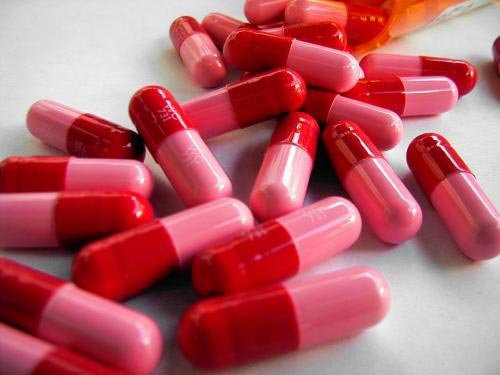Penicillin is a widely used antibiotic agent, derived from the Penicillin mould. Penicillin was discovered by bacteriologist Alexander Fleming at St. Mary’s Hospital in London in 1928. He observed that a blue—green mould had contaminated a plate culture of Staphylococcus, and that colonies of bacteria, adjacent to the mould, were being dissolved. Curious, Alexander Fleming grew the mould in a pure culture and found that it produce a substance that killed a number of disease causing bacteria.

Dr. Fleming named the substance penicillin, and in 1929, published his discovery, noting that his discovery might have therapeutic value if it could be produced in quantity.
It was not until 1939 that Dr. Howard Florey, and three colleagues at Oxford University began intensive research, and were able to demonstrate penicillin’s ability to kill infectious bacteria.
On July 9,1941, Howard Florey and Norman Heatley, Oxford University scientists, came to the U.S. with a small but valuable package containing a small amount of penicillin to begin work. In 1943, after the required clinical trials, penicillin proved to be the most effective antibacterial agent to date.
